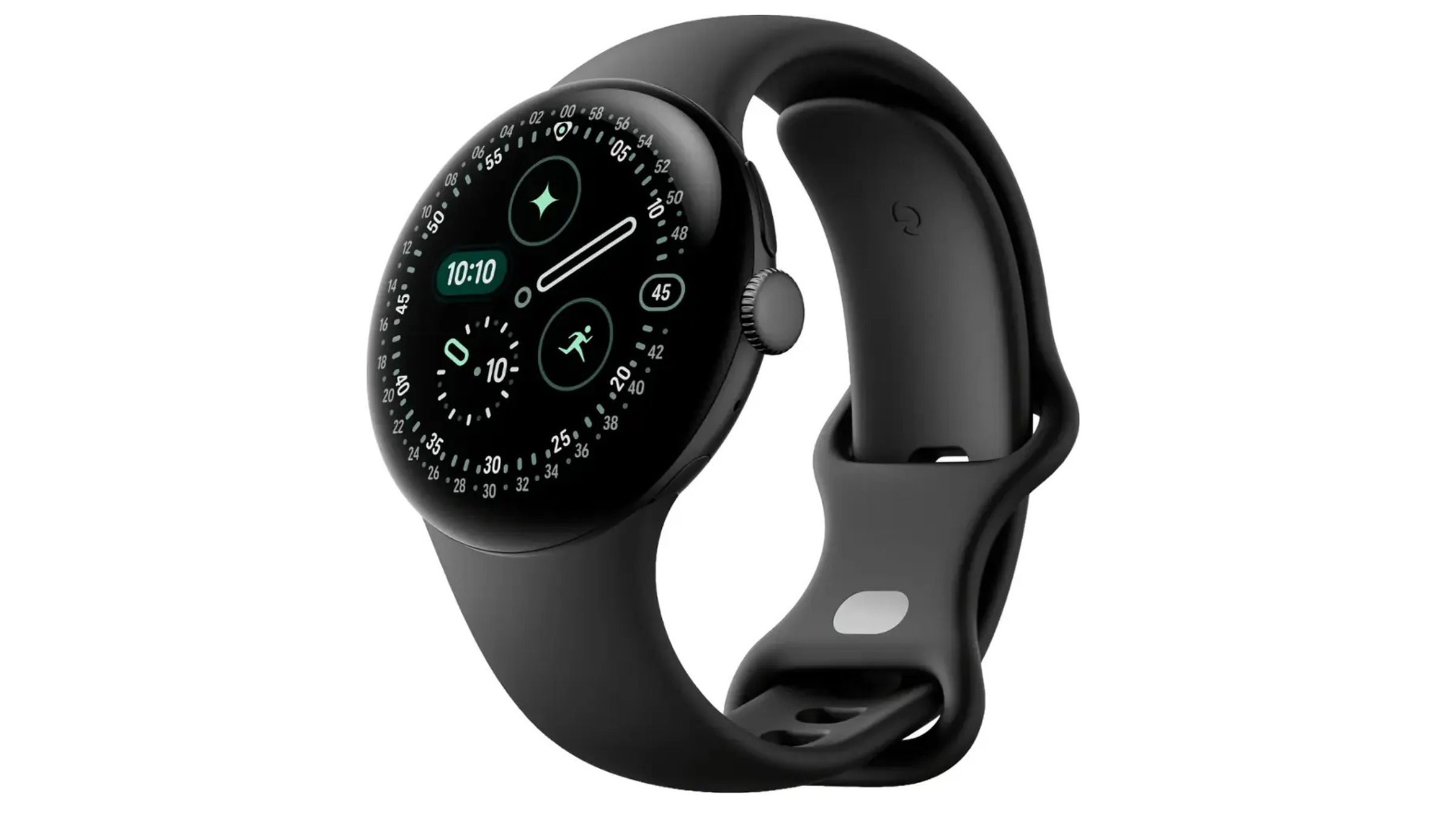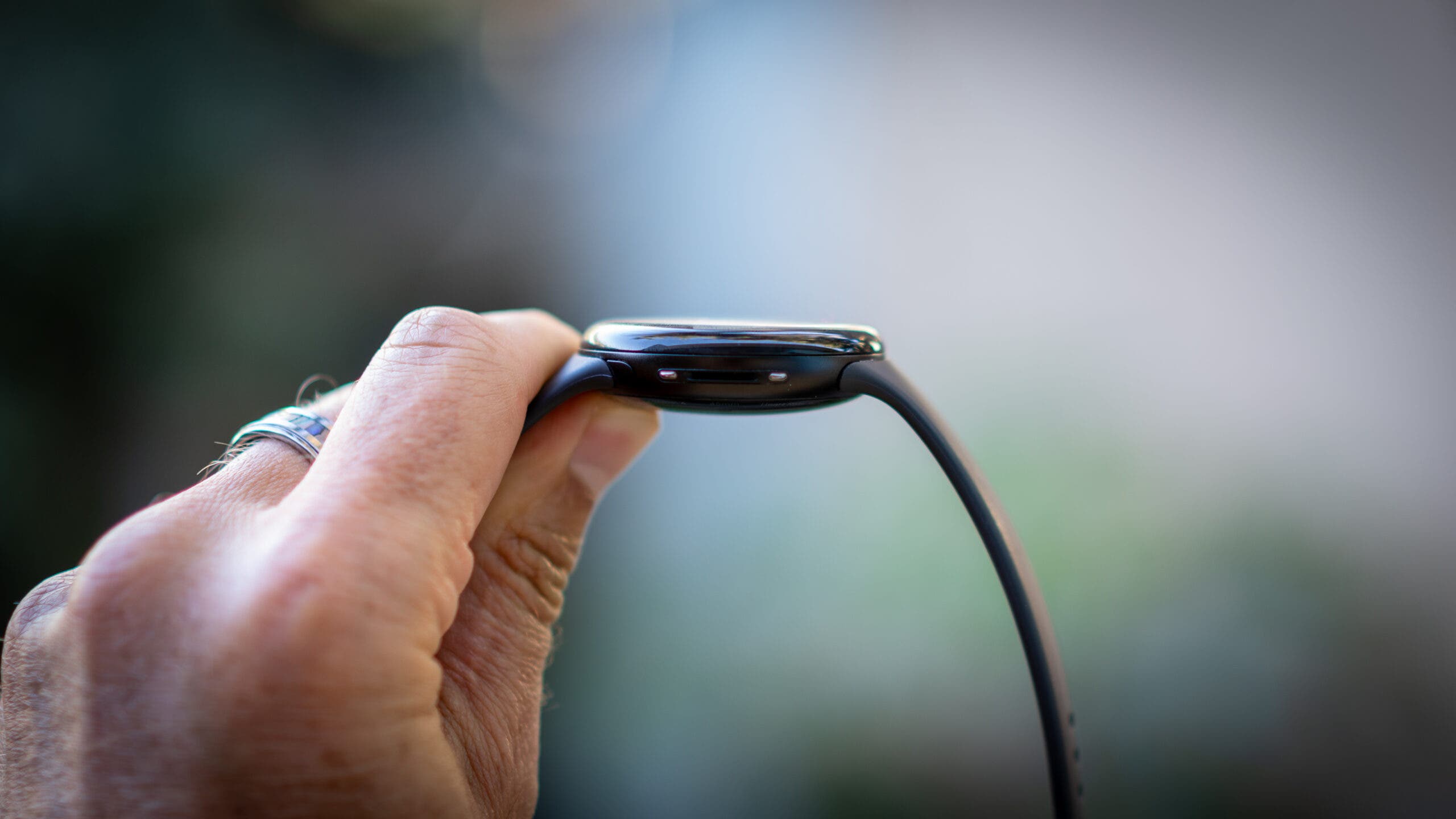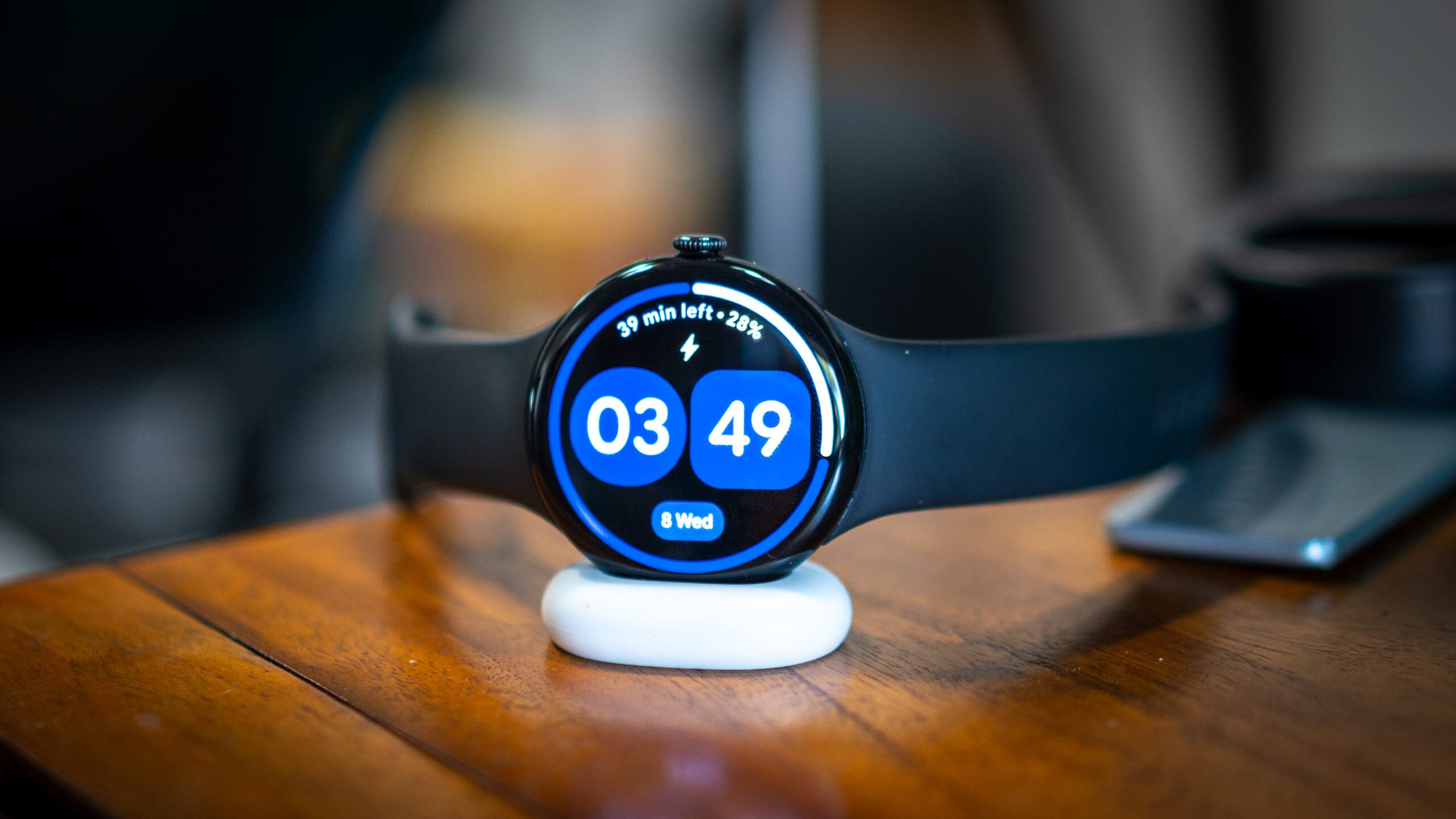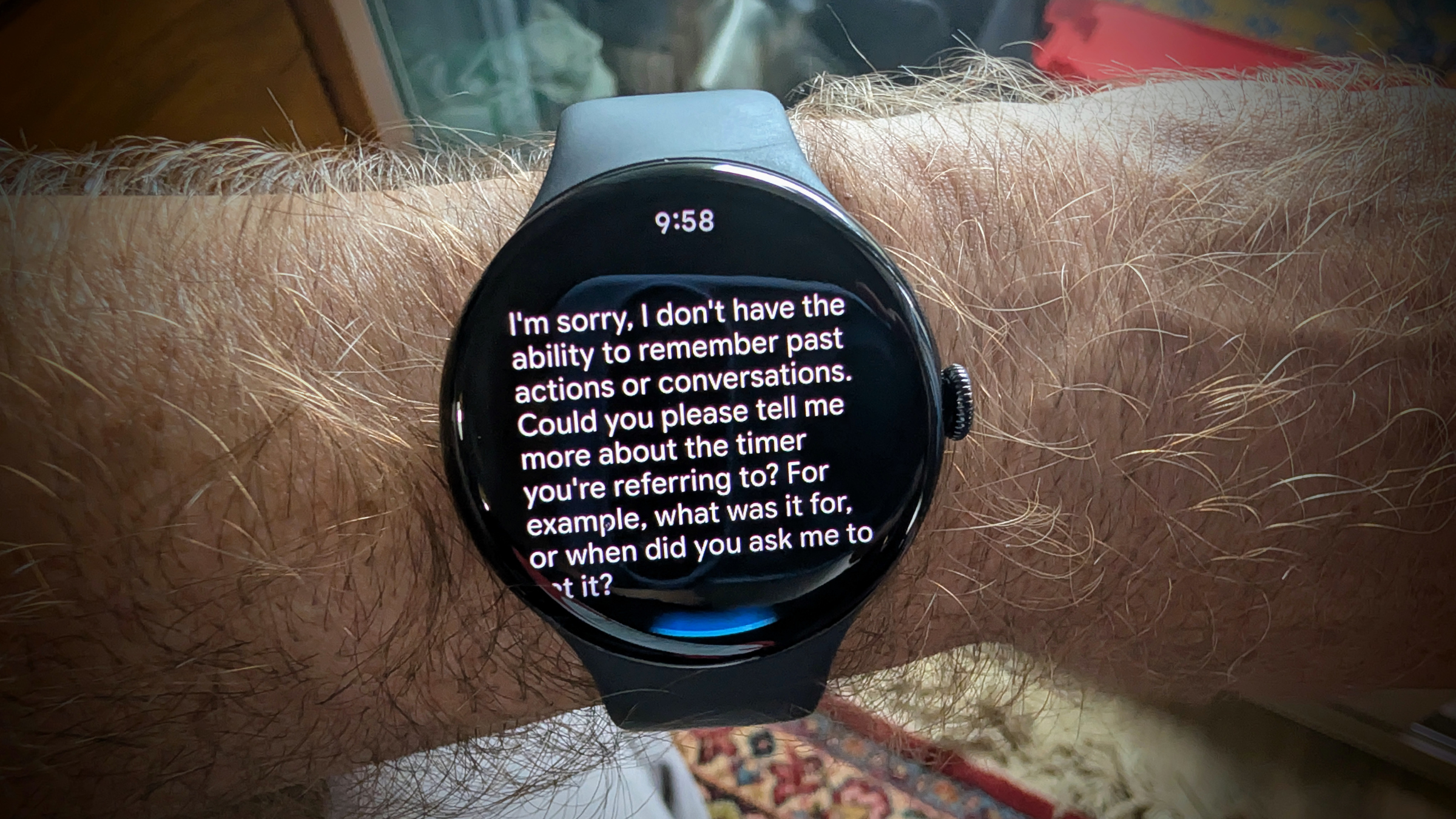If you buy through our links, we may earn an affiliate commission. This supports our mission to get more people active and outside.Learn about Outside Online's affiliate link policy
Google Pixel Watch 4 Review: A Step Closer to the Perfect Android Smartwatch
We tested the new Pixel Watch 4 to see if Google made any notable improvements. (Photo: Brent Rose)
It’s fall, and that can only mean two things: pumpkin spice everything, and a new crop of smartwatches. Last year, Google’s Pixel Watch 3 established itself as the best non-Apple smartwatch on the market, making it the top choice for Android users. The new Pixel Watch 4 continues that tradition, offering meaningful improvements across the board. Unfortunately, it also continues to ignore some core fundamentals that would make it a truly great sports watch (think Garmin), and that’s a major missed opportunity.

Google Pixel Watch 4
Google Pixel Watch 4 Upgrades

Sleek Hardware and Stunning Display
Let’s start with the good news. The Pixel Watch 4’s hardware is beautiful, the screen is stunning, battery life and charging times are much improved, and it now includes satellite SOS emergency capabilities. It’s also smarter than ever, with a better AI assistant than we’ve ever seen on a watch (with some caveats).
The Pixel Watch 4 comes in two sizes—45mm (tested, $400), and 41mm ($350) for smaller wrists. Each comes with small and large silicone bands, plus a new stand-style charger.
The first thing Pixel Watch lovers will notice is the new Actua 360 Domed Display. Not only is the glass domed, but the screen beneath it is too, creating a subtle 3D effect. Combined with Google’s new Material 3 Expressive UI—featuring fluid animations, bubbles, and customizable watch faces—the watch feels lively and approachable.
You’ll also get 10% more screen area and 16% smaller bezels compared to the Pixel Watch 3, and the display now reaches a dazzling 3,000 nits of brightness. Text is easier to read, and workout stats are visible even in bright sunlight.
Finally, Good Battery Life
Battery life is now (finally) solid. Google claims 30 hours for the 41mm and 40 hours for the 45mm model, with Battery Saver Mode extending that to two or three days, respectively. This comes thanks to larger batteries, a smarter adaptive refresh rate (1–60Hz), Wear OS 6 optimizations, and a more efficient Snapdragon chip.
In testing, the 45mm model actually exceeded Google’s estimates—lasting just over 48 hours with the Always-On Display enabled. GPS use shortens runtime, but even with tracking, it averaged around 36 hours.
Connectivity and Safety
The Pixel Watch 4 now features dual-band GPS for more accurate tracking, especially in challenging environments. Its 4G LTE support allows you to send and receive calls and texts from your usual number—even without your phone. You can stream music, get directions, and interact with Gemini, Google’s AI assistant, completely phone-free.
New this year is Satellite SOS, for emergencies when you’re off-grid. If you’re injured or in danger, the watch can contact emergency services via satellite. It also includes fall detection and an experimental loss-of-pulse feature that can automatically call for help.
However, LTE reliability was inconsistent during testing; some messages refused to send until the watch was rebooted. Google has acknowledged the issue and is investigating.
Works Best with Pixel Phones
While the Pixel Watch 4 pairs with most Android phones, it works best with a Pixel, where features are most deeply integrated. Tested alongside the new Pixel 10 Pro, the two make a fantastic pair, especially with the phone’s stellar camera, long battery life, and built-in satellite texting.

Faster Charging and Improved Dock
The new charging dock is a major step up. The magnetic stand snaps the watch into place on its side, turning it into a desktop clock while charging. It also charges impressively fast—from 20 percent to 96 percent in just 20 minutes.
One small gripe: the dock has a built-in cable instead of a detachable USB-C connection, making it trickier to pack or replace. It’s also still a proprietary charger (the third one in just four Pixel Watch generations) and doesn’t support standard wireless chargers like the Apple Watch.
Health Tracking and Fitbit Integration
This is Google’s second smartwatch since acquiring Fitbit, and the integration is finally starting to feel cohesive. Step counting, sleep tracking, and automatic activity tracking are all improved. If you start walking or running without hitting “start,” the watch will detect it and retroactively log your workout. You can also manually track 52 different activities.
Later this month, Google plans to launch a Gemini-powered AI fitness coach integrated into a redesigned Fitbit app. It promises personalized, adaptive training plans that adjust in real time based on your activity, recovery, or schedule. It will be available to Fitbit Premium subscribers ($10/month or $80/year), with six months free for new users.
Weaknesses of the Google Pixel 4 Watch

Gemini AI: Smarter, but Not Perfect
This is the first Pixel Watch with Gemini, Google’s new AI assistant. It’s far better than Google Assistant or Siri, though still imperfect. Gemini occasionally mishears commands or fails without a strong LTE or phone connection.
Still, it’s by far the most capable watch assistant to date. It can start or stop activities, control music, send texts, answer questions, and even explain first-aid steps—all hands-free. You can activate it via the top button, “Hey Google,” or by lifting your wrist (though gesture detection is inconsistent). Gemini can also learn from context, for example, remembering what you mean by “Start Recorder” after you correct it once.
Still Weak on Sports and Outdoor Features
Here’s the biggest miss: sports and activity tracking remain limited and frustratingly uncustomizable. Running, one of the most common modes of activity tracking, offers just two data screens: Key Metrics (Distance, Time, Heart Rate, Pace) and HR Zone. You can’t add more screens or view a live map—despite Google literally making Google Maps.
The same limitations affect hiking, surfing, and other activities. You can’t adjust data fields mid-activity, and swimming—while improved—still lacks stroke recognition and offers weak haptic feedback when goals are met. These issues have persisted since the Pixel Watch 3, and Google has yet to fix them.
One win for the outdoors crowds: The Pixel 4 is now repairable, either by you via repair kits or by sending it to Google. That’s a big win for those of us who are rough on watches.
Small Software Inconsistencies
Some rough edges remain: Gemini’s voice changes mid-run to a robotic tone, music playback doesn’t pause during voice notes, and Bluetooth mic selection can be inconsistent with Pixel Buds Pro 2. These little disconnects keep the watch from feeling fully polished.
Verdict: The Best Android Smartwatch To Date, But Not Yet Great
Overall, the Pixel Watch 4 is excellent—and easily the best smartwatch for Android users. It’s stylish, responsive, and packed with smart features and reliable health tracking. But it still lags behind true sports and outdoor watches in customization, mapping, and workout functionality.
If Google finally addresses those gaps, the Pixel Watch could go from “very good” to “great.”